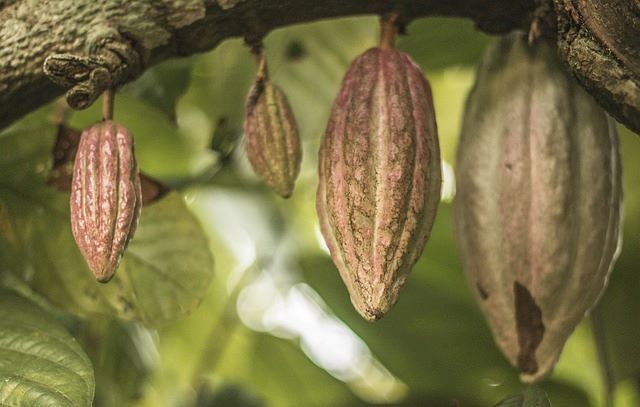The Enchanting History of Cocoa and Chocolate: From Divine Nectar to World Delight
Discover the captivating history of cocoa and chocolate, from its divine origins in Mesoamerica to its transformation into a beloved global treat. Uncover the legends, innovations, and flavors that shaped this irresistible indulgence.





